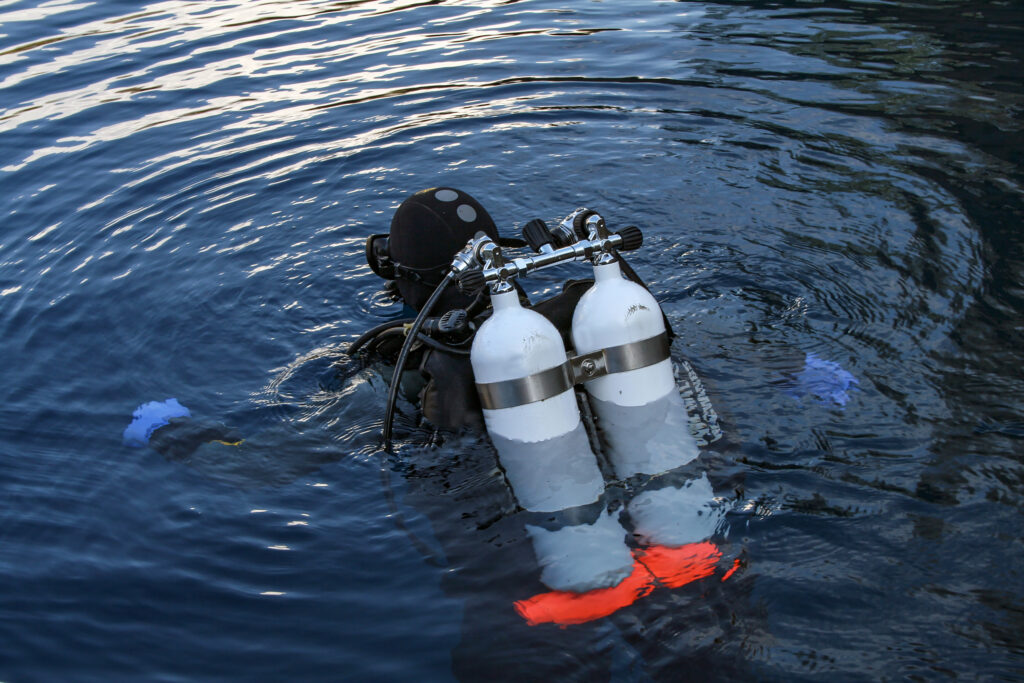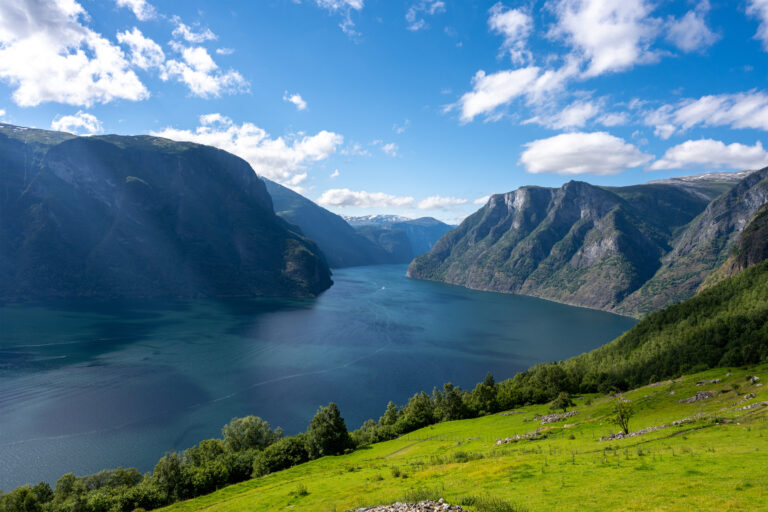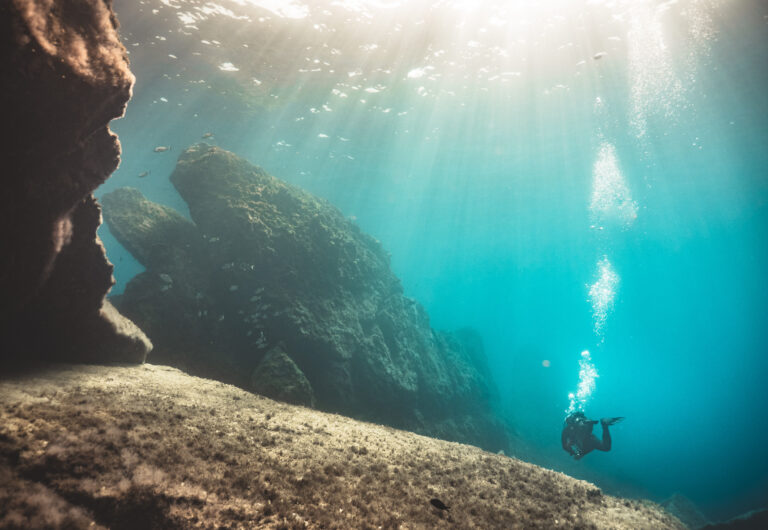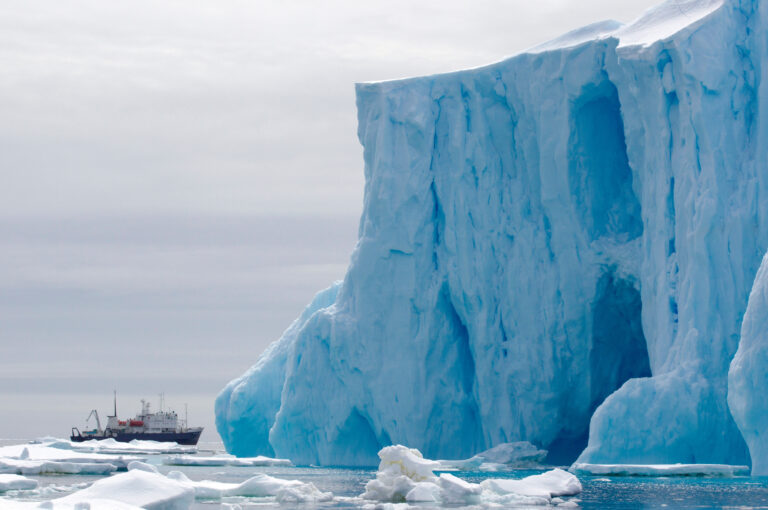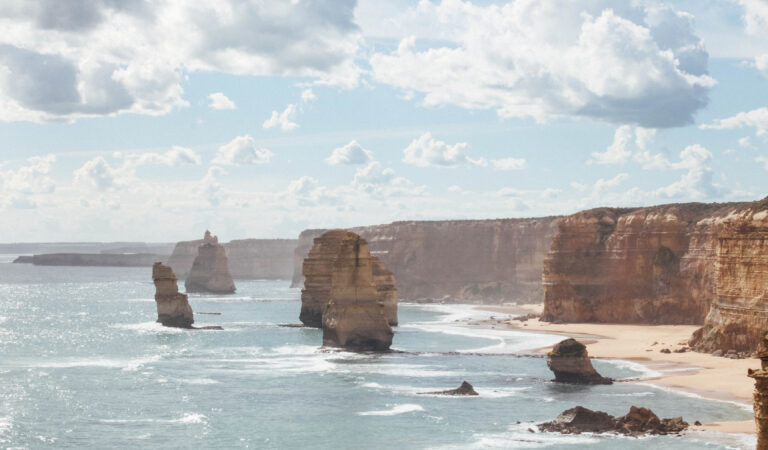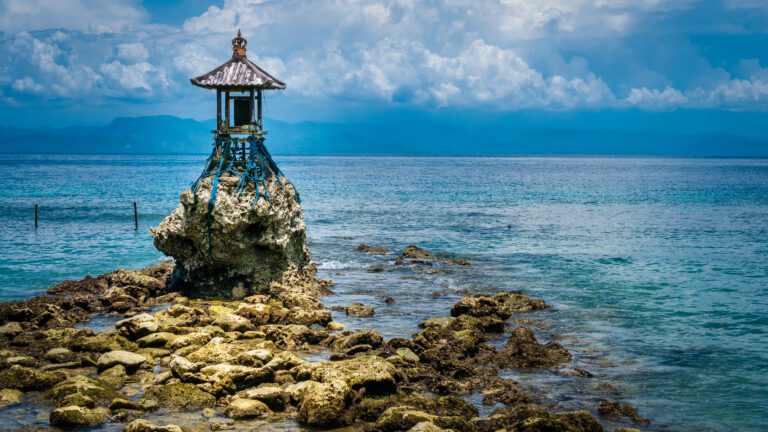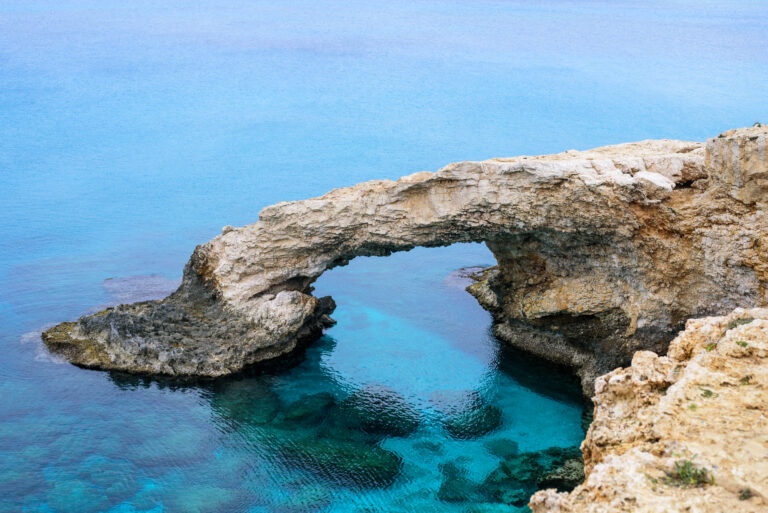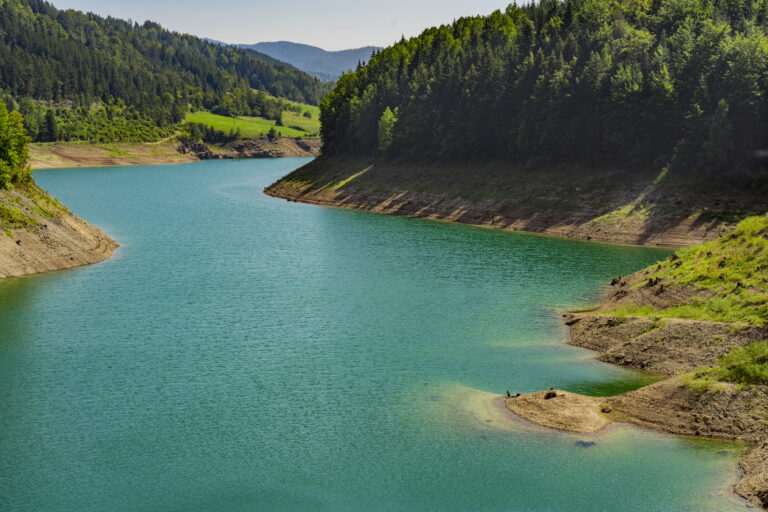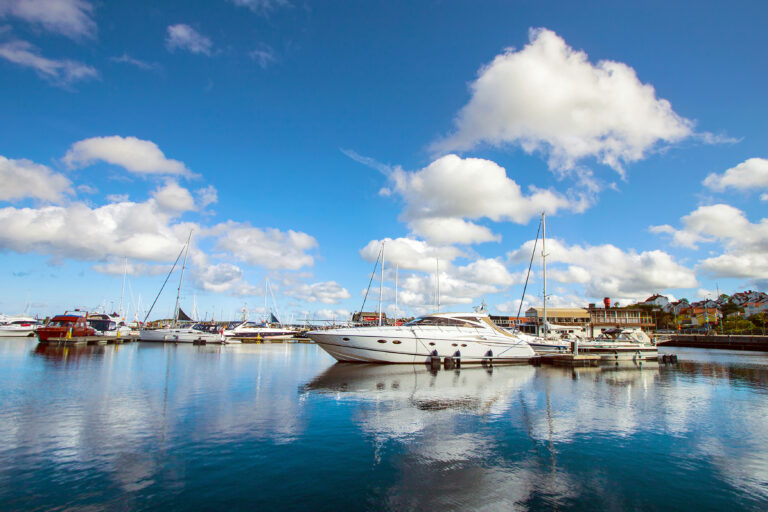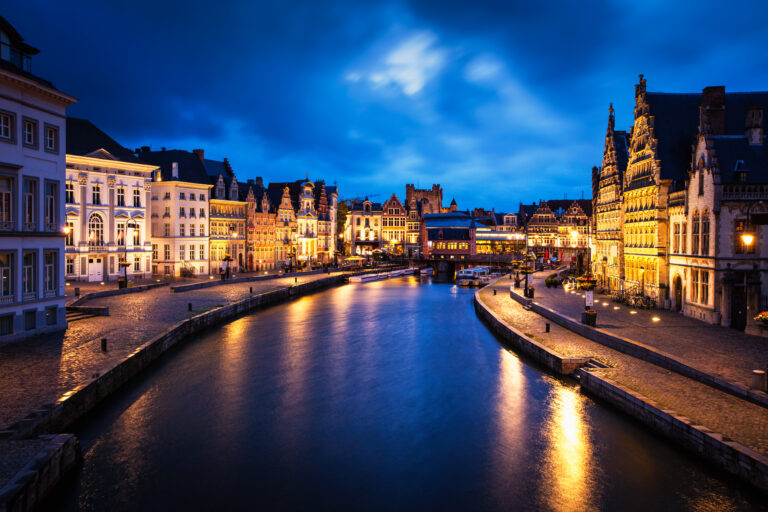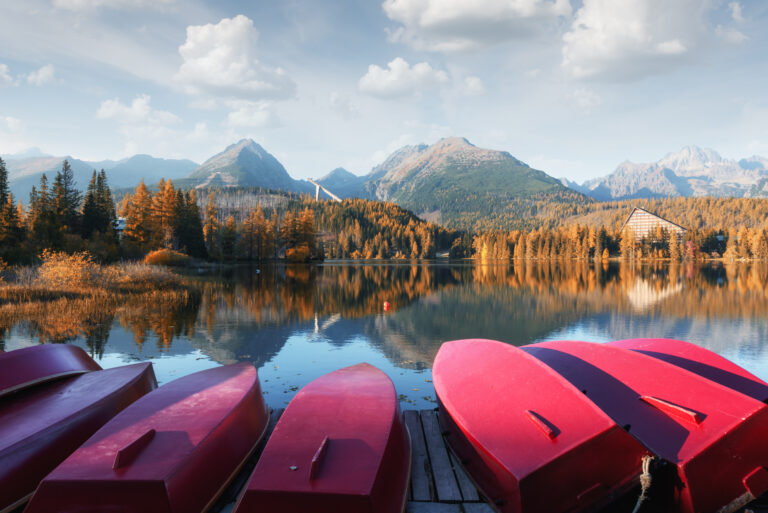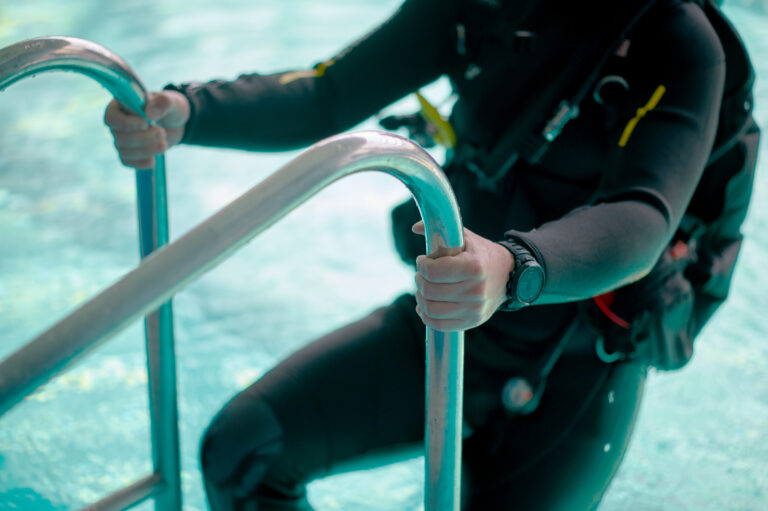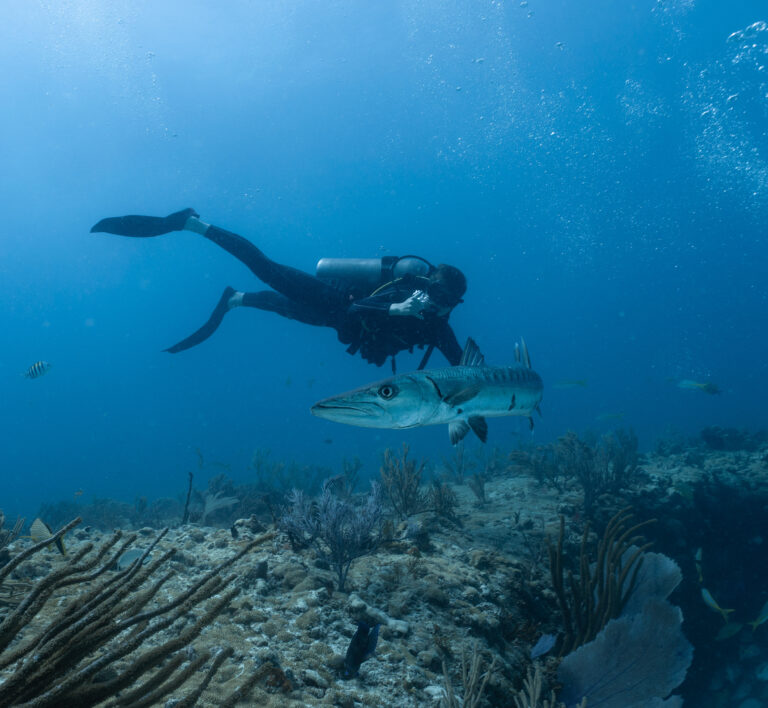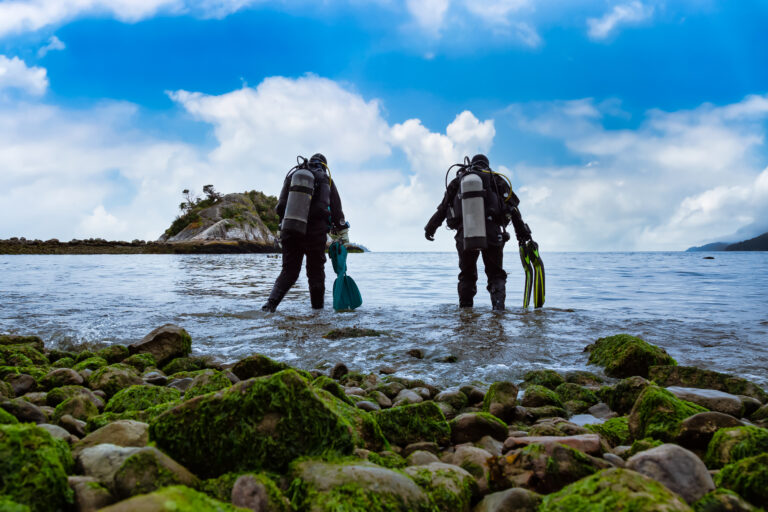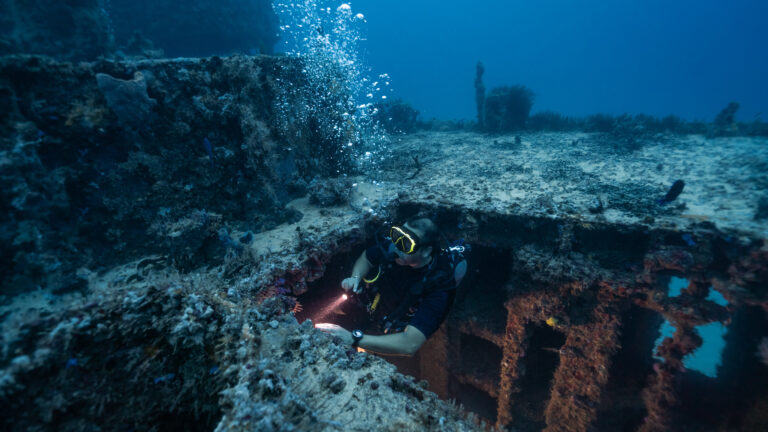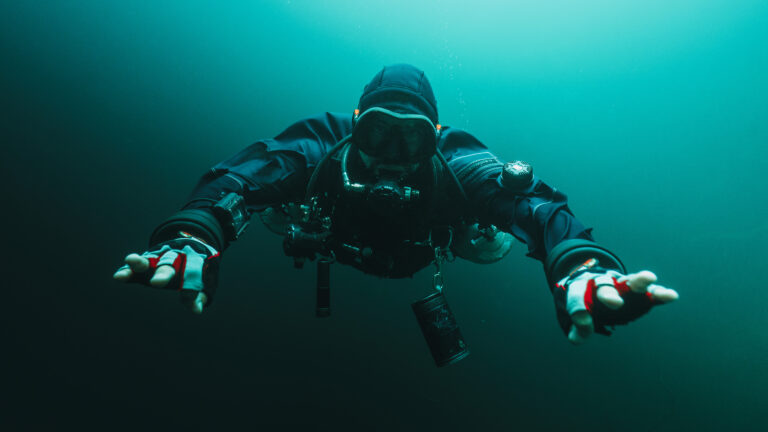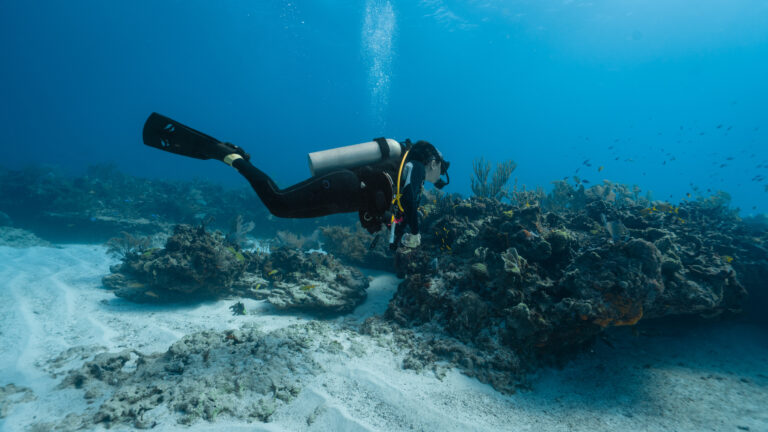Scuba Divers’ Travel Guide to Northern Mariana Islands
The Northern Mariana Islands, located in the western Pacific, offer scuba divers a diverse and vibrant underwater world. The clear, warm waters are home to colorful coral reefs, abundant marine life, and numerous World War II shipwrecks. The islands’ diverse dive sites cater to all levels of divers, from shallow coral gardens to deeper wreck dives. The Northern Mariana Islands’ rich cultural heritage and stunning natural beauty make them an enticing destination for scuba travelers. With its pristine marine environments and welcoming atmosphere, the Northern Mariana Islands promise an unforgettable diving experience.
Location and Geography
Nestled in the azure waters of the western Pacific Ocean, the Northern Mariana Islands beckon as a scuba diving haven with a dramatic underwater landscape shaped by volcanic activity and enriched by the confluence of the Philippine Sea and the Pacific Ocean. This Commonwealth of the United States comprises 14 islands, with Saipan, Tinian, and Rota being the most prominent for diving enthusiasts. The archipelago is situated north of Guam and about three-quarters of the way from Hawaii to the Philippines, offering a remote and exotic escape. The islands boast a diverse topography below the surface, featuring deep oceanic trenches, caverns, and an abundance of WWII wrecks, alongside vibrant coral gardens teeming with marine life. The warm, clear waters provide excellent visibility, allowing divers to fully immerse themselves in the captivating geography of this Pacific paradise.
Visa and Entry Requirements
Before embarking on your underwater adventure to the Northern Mariana Islands, it’s essential to understand the visa and entry requirements. As a U.S. commonwealth, the Northern Mariana Islands generally follow the same entry protocols as the mainland United States. U.S. citizens can travel to the islands without a visa and only need to present a valid government-issued photo ID. International visitors, however, are subject to U.S. visa regulations and should check if they are eligible for the Visa Waiver Program (VWP). If not, they must obtain a B-1/B-2 Visitor Visa in advance. All travelers should ensure their passports are valid for the duration of their stay. Additionally, the islands have a unique immigration status under the Guam-CNMI Visa Waiver Program, allowing entry for 45 days to citizens from certain countries without a visa. It’s crucial to verify the latest requirements with the U.S. Department of State or the Embassy of the Northern Mariana Islands before planning your scuba diving trip, as regulations can change.
Getting to Northern Mariana Islands
Getting to the Northern Mariana Islands, a scuba diver’s paradise in the Western Pacific, is an adventure in itself. Most travelers will find that the most convenient entry point is through Saipan, the largest of the islands, which is served by Saipan International Airport (also known as Francisco C. Ada/Saipan International Airport). Regular flights from major Asian cities such as Tokyo, Seoul, and sometimes from China, provide gateways to this tropical haven. For those coming from the United States, connecting flights typically route through Guam, which is just a short, approximately 40-minute flight away. Upon arrival, divers are greeted by the warm, tropical climate and the promise of crystal-clear waters teeming with marine life, historic shipwrecks, and vibrant coral reefs, all just a short boat ride from the island’s shores. With the necessary travel documents and a sense of adventure, reaching the Northern Mariana Islands is the first step in what promises to be an unforgettable underwater experience.
Best Time to Dive
Getting to the Northern Mariana Islands, a scuba diver’s paradise in the Western Pacific, is an adventure in itself. Most travelers will find that the most convenient entry point is through Saipan, the largest of the islands, which is served by Saipan International Airport (also known as Francisco C. Ada/Saipan International Airport). Regular flights from major Asian cities such as Tokyo, Seoul, and sometimes from China, provide gateways to this tropical haven. For those coming from the United States, connecting flights typically route through Guam, which is just a short, approximately 40-minute flight away. Upon arrival, divers are greeted by the warm, tropical climate and the promise of crystal-clear waters teeming with marine life, historic shipwrecks, and vibrant coral reefs, all just a short boat ride from the island’s shores. With the necessary travel documents and a sense of adventure, reaching the Northern Mariana Islands is the first step in what promises to be an unforgettable underwater experience.
Accommodation Options
Accommodation options in the Northern Mariana Islands cater to a range of preferences, ensuring that scuba divers can find the perfect base for their underwater adventures. On Saipan, the largest of the islands, divers can choose from luxury resorts with on-site dive centers, offering convenience and comfort after a day exploring the Grotto or the WWII wrecks. For those seeking a more intimate experience, boutique hotels and guesthouses provide personalized service and local charm. On the neighboring islands of Tinian and Rota, accommodations may be more limited but are equally enchanting, often featuring beachfront views and tranquil settings. Campgrounds are also available for nature enthusiasts looking to immerse themselves in the islands’ tropical beauty. Regardless of where you stay, the warm hospitality of the Northern Mariana Islands ensures a welcoming atmosphere for divers to relax and share tales of their underwater discoveries.
Dive Operators and Dive Shops
In the Northern Mariana Islands, a tropical paradise in the western Pacific, dive operators and shops are your gateway to an underwater world of wonder. Saipan, Tinian, and Rota each boast their own unique dive experiences, with operators that cater to both novice and seasoned divers. These shops offer a full range of services, from PADI certification courses to guided tours of spectacular sites like the Grotto, a limestone cavern with underwater passageways, and the many WWII wrecks that rest in these Micronesian waters. Knowledgeable local guides can lead you to encounters with vibrant coral gardens, turtles, and a plethora of marine life. Dive shops in the Northern Marianas prioritize safety and environmental stewardship, ensuring that the islands’ underwater treasures remain pristine for future generations. Whether you’re looking to rent gear, fill tanks, or find the perfect dive package, the friendly staff at these shops will help make your underwater adventure unforgettable.
Transportation within Northern Mariana Islands
Transportation within the Northern Mariana Islands, a breathtaking scuba diving haven in the Western Pacific, is both convenient and tailored to enhance your underwater adventure. On Saipan, the largest of the islands, rental cars, taxis, and even shuttle services from various hotels are readily available to whisk you away to popular dive spots like The Grotto and Eagle Ray City. For those looking to explore the neighboring islands of Tinian and Rota, small plane services operated by Star Marianas Air and Freedom Air offer quick and scenic flights, providing a stunning aerial view of the crystal-clear waters and vibrant coral reefs that await below. Once on the smaller islands, car rentals and guided tours can be easily arranged to ensure you don’t miss any of the world-class dive sites. Whether you’re staying on Saipan or island-hopping, the Northern Mariana Islands offer a range of transportation options to suit every diver’s needs, ensuring that the journey is as smooth as the dive itself.
Currency and Payment Methods
When traveling to the Northern Mariana Islands for a scuba diving adventure, it’s important to be prepared with the right currency and payment methods. The official currency is the United States Dollar (USD), which is convenient for American travelers and widely accepted throughout the islands. Credit cards, particularly Visa and MasterCard, are accepted at most hotels, dive shops, and restaurants, especially in tourist areas like Saipan, Tinian, and Rota. However, it’s advisable to carry some cash for smaller establishments, local markets, or in the unlikely event that credit card systems are down. ATMs are available in populated areas, but can be scarce or non-functional in more remote locations, so it’s wise to withdraw enough cash before heading out to more secluded dive spots. Always check with your bank about international transaction fees to avoid surprises on your statement. For a smooth experience, ensure you have a mix of cash and cards to cover all your underwater escapades in the Northern Mariana Islands.
Language and Communication
When traveling to the Northern Mariana Islands for scuba diving, it’s important to note that the primary language spoken is English, due to its status as a U.S. commonwealth. However, you will also hear Chamorro, the indigenous language, and Carolinian, reflecting the islands’ rich cultural tapestry. Many locals involved in the tourism and diving industry are multilingual and may also speak Japanese, Korean, or Chinese, catering to a diverse array of international visitors. Communication underwater, as with any global diving location, transcends spoken language, relying instead on a universally recognized system of hand signals. Dive operators in the Northern Mariana Islands are well-versed in these signals and often provide pre-dive briefings to ensure all divers, regardless of language proficiency, understand safety procedures, dive plans, and can communicate effectively with their dive buddies and guides beneath the waves. It’s always appreciated when divers learn a few basic phrases in Chamorro or Carolinian as a sign of respect for the local culture, enhancing the overall camaraderie and experience.
Local Culture and Attractions
Immerse yourself in the vibrant local culture and attractions of the Northern Mariana Islands, a captivating destination where the warmth of island hospitality complements the cool embrace of the Pacific. Beyond the allure of its crystal-clear waters and abundant marine life, the archipelago offers a rich tapestry of history and traditions. Saipan, the largest island, invites you to explore remnants of its storied past, from ancient Chamorro latte stone sites to World War II relics. The indigenous Chamorro and Carolinian cultures thrive through lively music, dance, and crafts, which you can experience at village fiestas or the bustling Garapan Street Market. Don’t miss the chance to taste the local cuisine, a flavorful fusion of Spanish, Japanese, and Micronesian influences, best enjoyed at a beachside barbecue. For a change of pace, take a leisurely hike up Tapochau, the highest peak, for panoramic views, or visit the Grotto, a limestone cave that doubles as a renowned diving spot. The Northern Mariana Islands offer a unique blend of natural beauty and cultural richness that will enchant divers and non-divers alike.
Cultural Etiquette and Tips
When visiting the Northern Mariana Islands for scuba diving, it’s important to embrace the local Chamorro culture with respect and openness. The Chamorro people are known for their warm hospitality, but it’s courteous to ask permission before entering private lands or taking photos of residents. Always greet locals with a friendly “Håfa Adai” (hello) and show gratitude with “Si Yu’us Ma’åse'” (thank you). Be mindful of environmental conservation efforts by not touching or taking marine life, as the ocean is deeply intertwined with the islanders’ way of life and sustenance. Participate in local customs and festivities if invited, but do so with reverence. When diving, remember that many sites hold historical significance, especially those with remnants from World War II, so treat these underwater relics with the same respect as you would a solemn historical monument on land. By following these cultural etiquette tips, you’ll not only enrich your diving experience but also foster a genuine connection with the Northern Mariana Islands and their people.
Local Laws and Regulations Relevant to Tourists
When planning a scuba diving trip to the Northern Mariana Islands, it is crucial to familiarize yourself with local laws and regulations to ensure a safe and lawful experience. The islands are a United States commonwealth, and as such, they follow federal laws in addition to their local regulations. Divers should be aware that permits are required for diving in certain marine protected areas to conserve the delicate aquatic ecosystems. It is illegal to touch, take, or damage any marine life, including corals, within these sanctuaries. Spearfishing is regulated, with certain areas designated as off-limits and specific seasons and size limits imposed on various species. Additionally, the use of dive flags is mandatory for safety, signaling the presence of divers to boats and other watercraft. Always check for the latest updates on regulations with local dive shops or the Division of Environmental Quality before your dives, as these rules can change and are strictly enforced to preserve the natural beauty and biodiversity of the Northern Mariana Islands’ underwater environments.
Safety Tips and Emergency Contacts
When planning a scuba diving trip to the Northern Mariana Islands, safety should be your top priority. Always dive within your certification limits and ensure that your equipment is in good working order before descending into the depths. It’s crucial to be aware of the local conditions such as currents, visibility, and marine life. Dive with a buddy and maintain good communication throughout your underwater adventure. In case of an emergency, know the location of the nearest decompression chamber, which is at the Commonwealth Health Center on Saipan. Keep handy the emergency contact numbers, including the local DAN (Divers Alert Network) representative (+1-919-684-9111 for international emergency assistance), the U.S. Coast Guard, and local emergency services. Remember to have a dive plan, inform someone on land of your itinerary, and always carry a surface marker buoy. By following these safety protocols, you can help ensure a memorable and secure diving experience in the stunning waters of the Northern Mariana Islands.
Health and Travel Insurance
Before embarking on your underwater adventure to the Northern Mariana Islands, it is crucial to secure comprehensive health and travel insurance that covers scuba diving activities. The remote beauty of this Pacific archipelago, while alluring, means that access to medical facilities can be limited, especially on the smaller islands. Ensure that your policy includes coverage for potential scuba diving incidents, such as decompression sickness, which may require treatment in a hyperbaric chamber, and that it covers medical evacuation costs, as serious emergencies might necessitate air transport to specialized facilities in Guam or even Hawaii. Additionally, verify that your insurance provides for repatriation and trip cancellation due to medical reasons, as unforeseen circumstances can disrupt even the best-laid travel plans. By taking these precautions, you can dive into the crystal-clear waters of the Northern Mariana Islands with peace of mind, knowing that you are well-protected against the unexpected.

